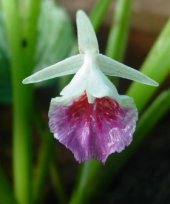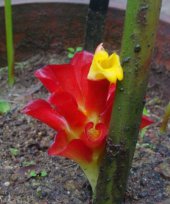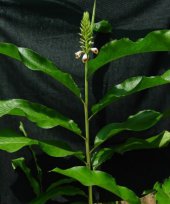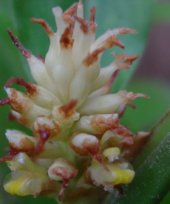Developed in conjunction with Ext-Joom.com
General Features of the family Zingiberaceae
Zingiberaceae with about 50 genera and more than 1500 species are distributed mainly in the tropics and subtropics. India has rich diversity of Zingiberaceous plants. perhaps 200 of the world taxa occur in India. Many species are economically important as source of food.


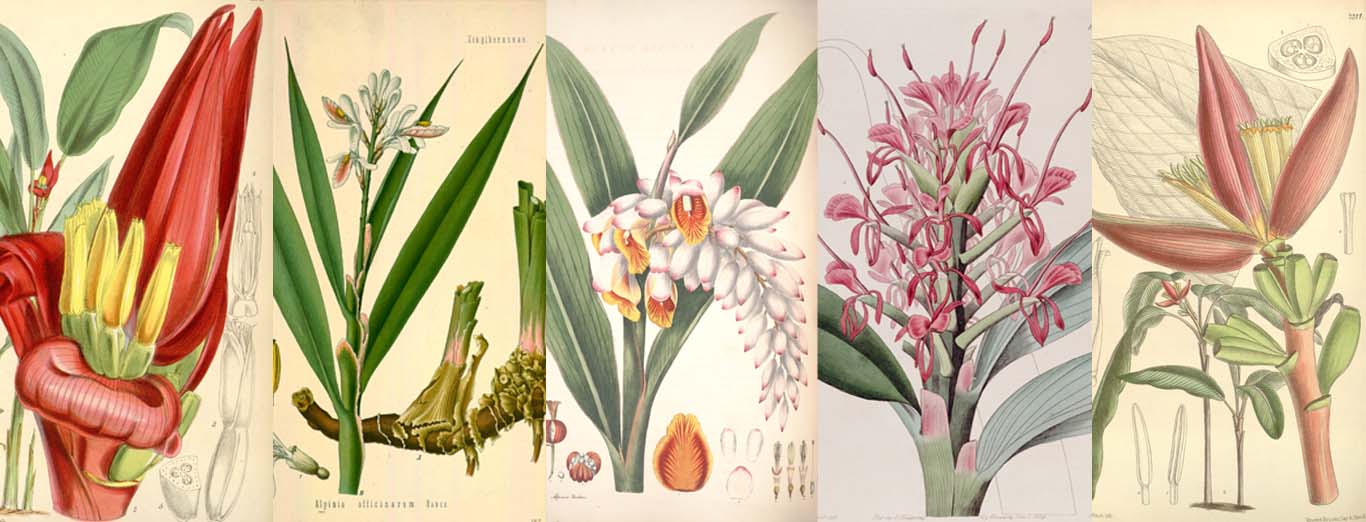

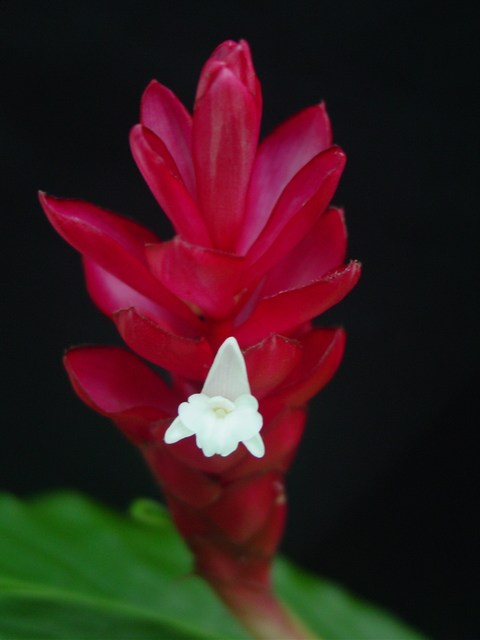
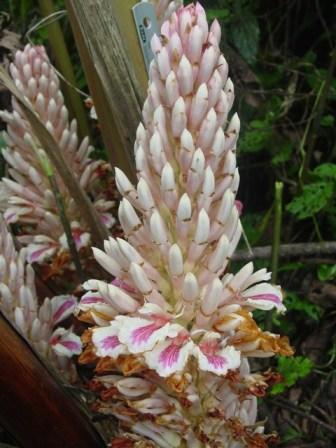
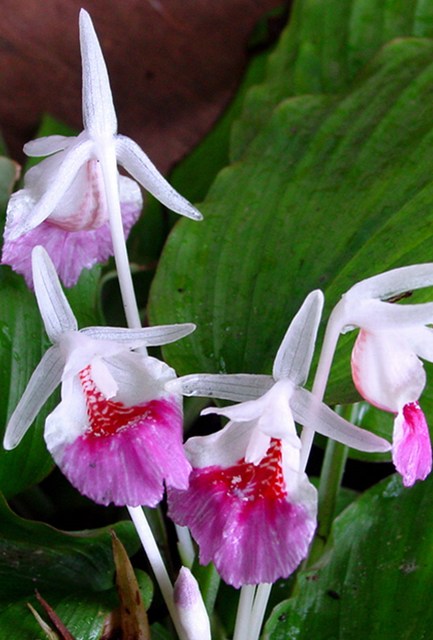
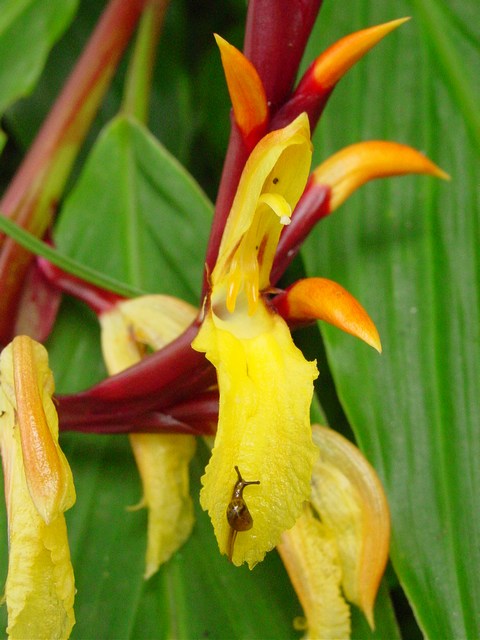
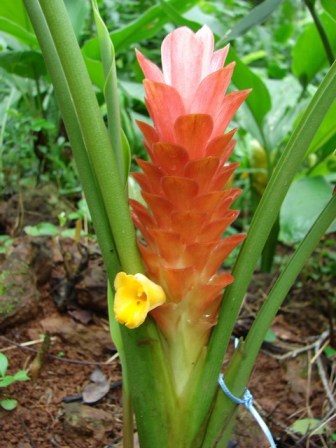
 News & Events
News & Events

